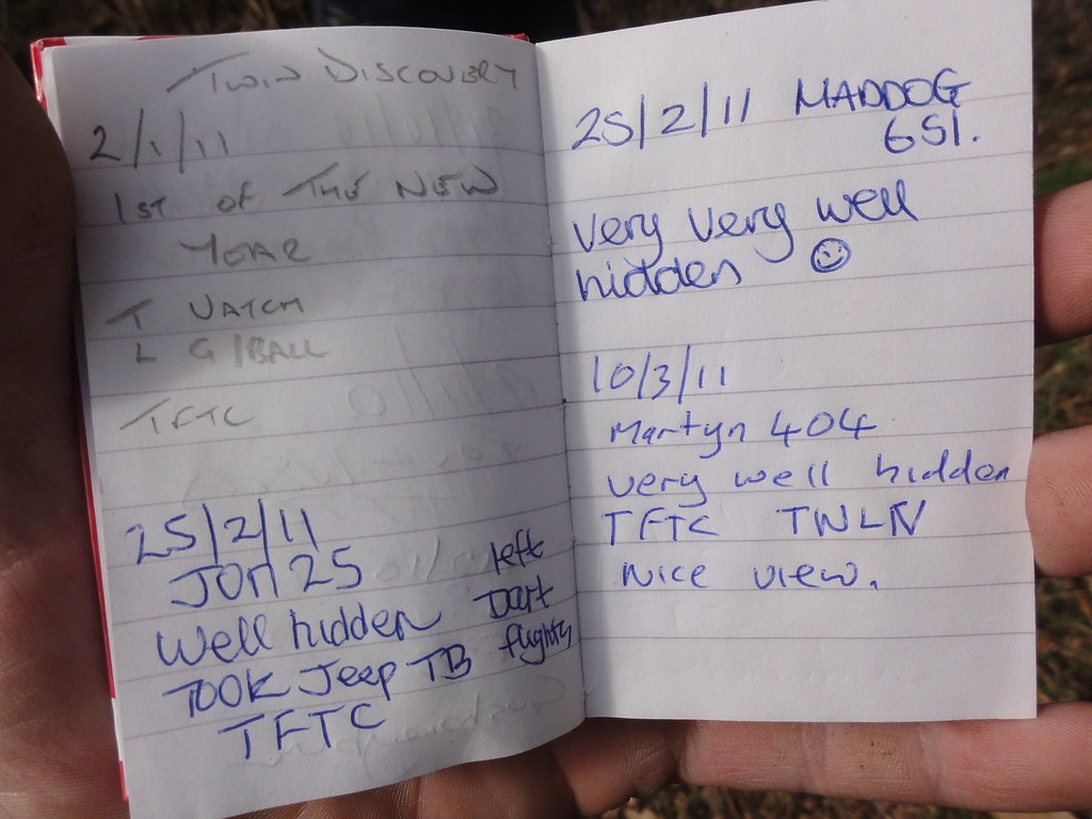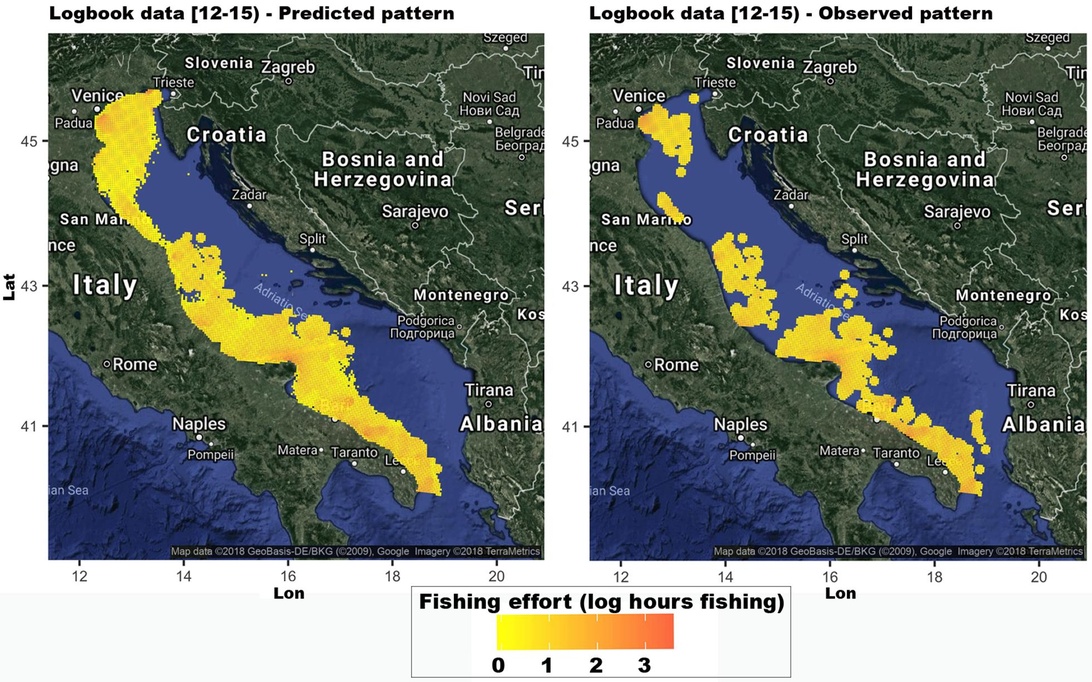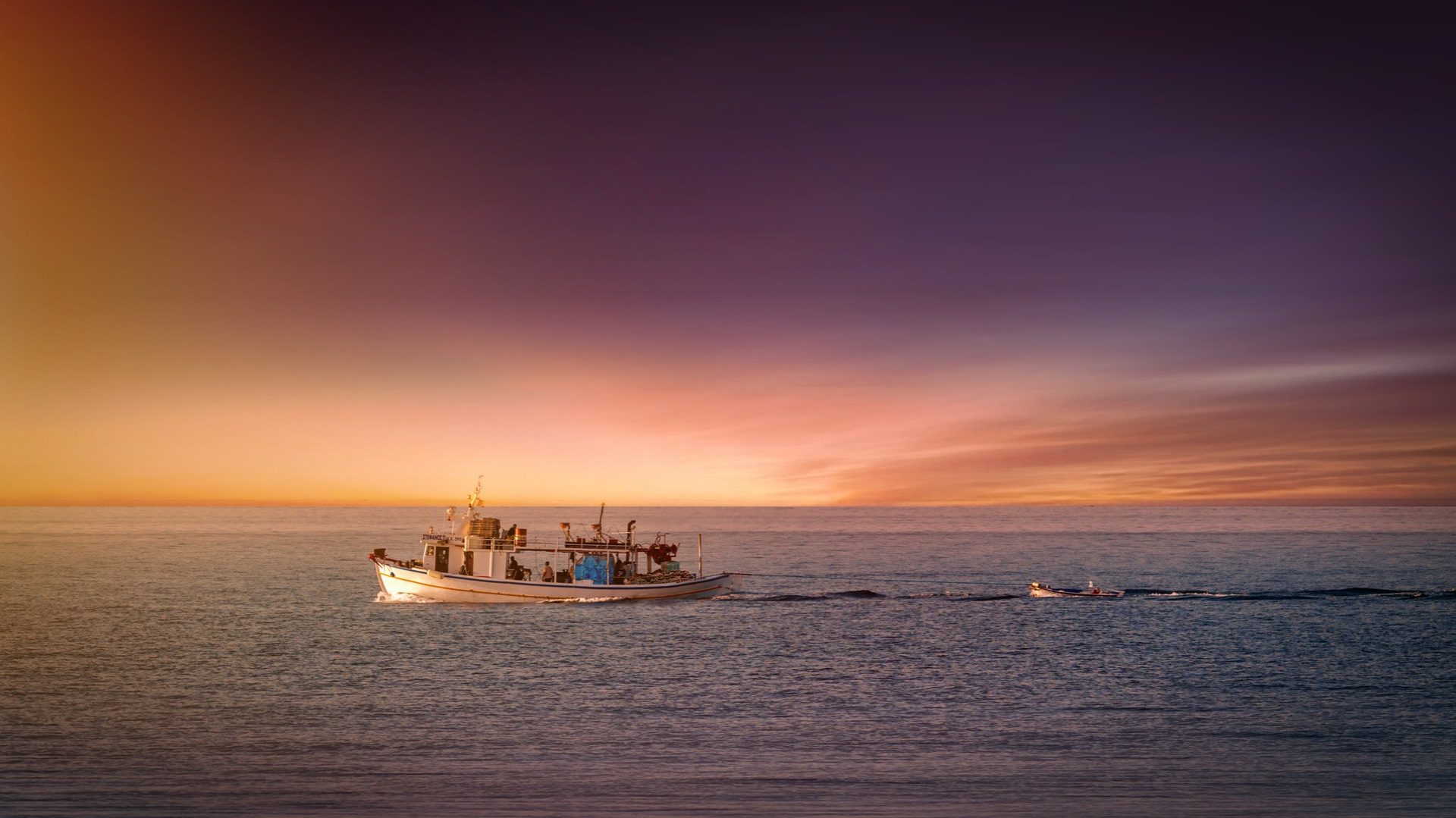I can still remember my early days on the water, hunched over a damp, pocket-sized notebook, trying to scribble down the details of a good catch before the memory faded. A smudged entry might read ‘Big bass, evening, spinnerbait.’ It was romantic, but it was hardly scientific. Over the years, I’ve learned that memory is a fickle fishing partner. The difference between a good day and a great season often lies in the details—patterns that only become clear when you track them. Today, the humble fishing log has evolved from a paper-and-pen affair into a powerful digital tool. These platforms are not just helping us record our history; they are helping us predict our future success.
The Evolution of the Fishing Log
From Scribbled Notes to Smart Data
For many of us, the journey started with a simple logbook. It was a tangible record of our time on the water, a place for notes on tides, weather, and memorable catches. There is a certain charm to flipping through those old pages, but let’s be honest, it is an incredibly inefficient way to analyze data. Trying to figure out if a southwest wind really was the key to success on a specific moon phase meant hours of manual page-turning and guesswork. The information was there, but it was locked away in a linear, analog format.

Traditional fishing logs, like this pocket notebook, hold sentimental value but lack the analytical power of modern digital tools.
The smartphone changed everything. Suddenly, we had a powerful computer in our pocket, capable of capturing a wealth of information automatically. Modern digital fishing logs, whether they are dedicated apps or even a well-organized spreadsheet, have transformed record-keeping. When you log a catch now, apps like ANGLR Logbook or Fishidy can automatically pull in the exact GPS coordinates, time of day, air temperature, barometric pressure, wind speed, and moon phase. All I have to do is add the specifics: the species, the size, and, most importantly, the lure and technique that worked. This turns every fishing trip into a rich set of data points, creating a personal database that can be sorted and filtered in seconds. The ability to quickly see all my catches on a specific lure or during an outgoing tide is a game-changer that a paper log simply cannot match.
The New Frontier of Proactive Planning
While most logging apps focus on recording what has already happened, a new wave of technology is shifting the focus to what will happen. This is where platforms that help you plan proactively are carving out a fascinating niche. These tools leverage vast amounts of information to help you predict where fish will be before you even launch the boat. By overlaying near real-time data like satellite-derived water temperature and clarity with static information like bottom composition and vegetation, they help you eliminate unproductive ‘dead water’ and focus your efforts on high-probability spots.
This data-driven approach mirrors strategies used in the professional world. Just as large enterprises rely on powerful platforms to centralize information and improve decision making, a principle you can see in action with powerful enterprise tools like those detailed at https://www.omniaintranet.com/en, anglers are now applying the same logic to their passion. It’s about building a strategy based on current conditions and preparing for the predicted environment. This leads to more successful trips, which in turn means your fishing log becomes a record of success and refinement rather than just a list of attempts.
More Than Just Personal Gain: Contributing to Science
As powerful as these tools are for personal improvement, their impact extends far beyond our own tackle boxes. Every time you log a catch in certain apps, you have the opportunity to become a citizen scientist. Fisheries management agencies face the monumental task of monitoring vast ecosystems with limited budgets, and the data collected by recreational anglers is becoming an invaluable resource. Your log provides a real-world, on-the-water perspective that is difficult and expensive to obtain otherwise.

Data from fishing logbooks can be aggregated and visualized, as shown here, to provide scientists with crucial insights into fishing patterns and ecosystem health.
Platforms like MyCatch are explicitly designed to bridge this gap, allowing anglers to share their anonymized logbook data with biologists and fisheries managers. This information helps scientists understand population dynamics and assess the health of a fishery. For instance, data from the iAngler app has been crucial for stock assessments of snook and redfish in Florida. Similarly, the Catch Reporter app helps track the movement of tagged bass in California, providing critical insights for managing marine protected areas. This principle of data-driven management scales up dramatically in the commercial sector. Governments in the UK and fisheries departments like the California Department of Fish and Wildlife (CDFW) now mandate electronic logbooks for commercial vessels. These systems track everything from catch quantity and fishing area to the gear used. On a global scale, organizations use satellite technology and machine learning to create a transparent view of fishing activity worldwide, proving that the humble logbook, in its most advanced form, is a cornerstone of global marine sustainability.
Finding the Right Digital Companion
With so many options available, choosing the right platform depends on your goals as an angler. There is no one-size-fits-all solution, but the best app for you will align with your personal style. If you thrive on community and love sharing catches, a social-first platform like Fishbrain is a great fit. For the angler who geeks out on stats, apps like ANGLR and Fishency offer deep dives into your data, helping you analyze which lures and conditions are most productive. If your success is tied to location and waypoints, map-centric apps like Fishidy or Fishing Points are invaluable. And for the angler who believes preparation is everything, the proactive planning tools in an app like Omnia Fishing are unparalleled.
Your Data is the Ultimate Fishing Story
At the end of the day, a digital fishing log is far more than a collection of data points. It is the evolving story of your passion. It is a detailed chronicle of the epic days when everything went right, and a valuable lesson book from the tough days that taught you patience. Browsing through past entries on a cold winter’s night can be a powerful motivator, reminding you of the thrill of the bite and the promise of the coming season. Whether you are using sophisticated map layers to plan your next trip, contributing to vital conservation research, or simply trying to understand why the fish bite when they do, the act of keeping a detailed log elevates your angling. It transforms you from a hopeful participant into an informed predator. It is the process of turning your hard-won experience into repeatable expertise, and in the world of fishing, that is the most valuable tool you can have.


